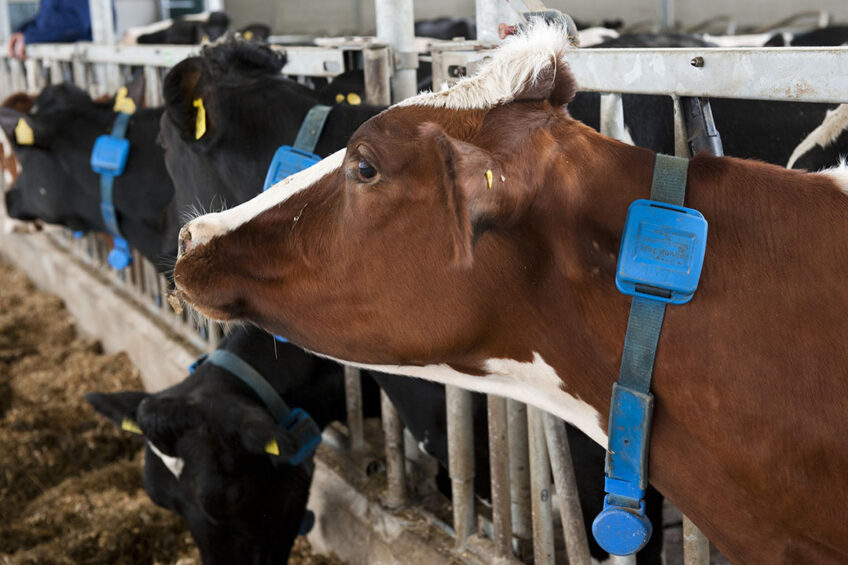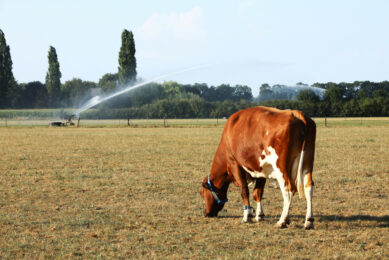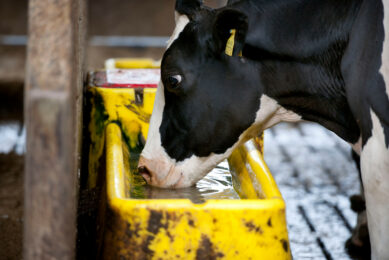How to keep an eye on shedding and heat stress

Farms in regions with notable seasonal climate variations, must be attentive to the shedding of their cattle. Hair shedding is linked to milk production, reproduction, and possibly animal welfare, according to Jared Decker, University of Missouri associate professor.
Cattle that deal with heat and humidity stress better will be more productive. Cows that fail to shed in a timely manner tend to show signs of heat stress, which poses a specific risk with extensive economic impacts.
Hair shedding is a moderately heritable trait and should respond to selective breeding. Earlier shedding indicates cattle that are better adapted to challenging environments and can mean better productivity. Also, cows that shed earlier tend to wean heavier calves. Producers in hot or humid environments should consider adding hair-shedding scores (Grey, et al, 2011) to their selection tools. Cows should be checked in mid to late spring, to identify those that are well adapted enough to get rid of their winter coat.
Hair-shedding scale
1= 100% winter hair shed
2= 75% winter hair shed
3= 50% winter hair shed
4= 20% winter hair shed
5= if she still has 100% of her winter hair, which has started to look dry and faded
To determine if it is the right time for scoring, use a date where there is a solid bell curve—a small percentage of cows scoring a ‘1’; a small percentage of cows scoring a ‘5’; and lots of ‘3s’.
Culling cows that shed little or not at all
Producers seeking to reduce shedding-related heat stress in their herds should consider culling cows that shed little or not at all. Hair shedding scores are an easy and effective way to measure cattle’s ability to cope with heat stress. Cattle that are well-suited to their environment are more profitable as they also require fewer interventions.
Hair shedding assistance
To assist middle-ranking cows, upper body sprinkling followed by forced air ventilation (i.e. the installation of additional fans and air distribution systems) can be taken into consideration. Ultimately, the question of whether using supporting ventilation is cost-effective can only be answered at the individual farm.
Stress symptoms in dairy cows
Animals are recognisably suffering from stress when:
Their respiratory frequency is significantly increased
They ‘pump’ while lying down
They lie down more rarely and stand in the aisles for a long time
They prefer to remain at open doors and drinkers
Their body temperature increases
The animals are suffering from significant stress when:
They pant with their necks extended and their mouths open and exhibit extensive salivation
Their feed consumption decreases (10 to 25 %)
Their milk yield decreases after around three days
Their mating activity is reduced
Source: LfL-Information (2020): Ventilatoren für den Einsatz im Milchviehstall.
Join 13,000+ subscribers
Subscribe to our newsletter to stay updated about all the need-to-know content in the dairy sector, two times a week.










